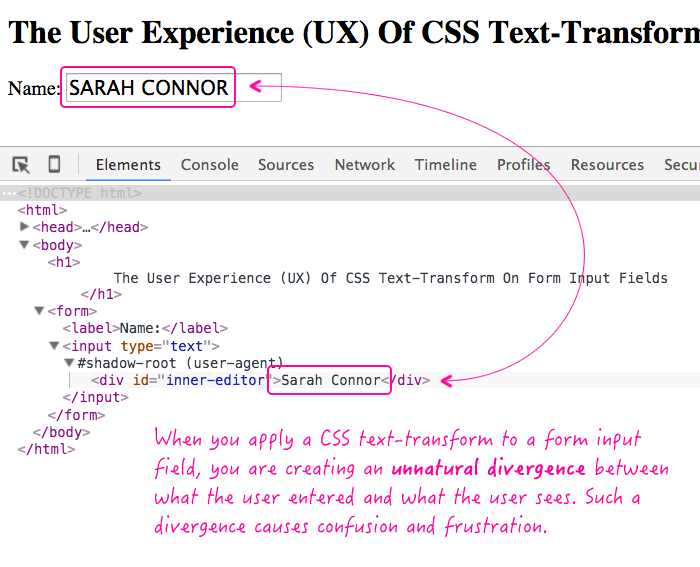

Consider these two equivalent examples: div. Using these properties is simple and should make Web developers feel right at home.

This means that, as in Firefox and Chrome Canary, you can now use the new translate, rotate and scale CSS properties to specify what have so far been functions of the transform property, including 3D operations. Tailwind CSS v3.1 Arbitrary variants, TypeScript types, and more. Utilities for translating elements with transform.
Css transform mac os x#
You can find some historical posts about initial support in WebKit from October 2007, and another post from July 2009 focusing on 3D transforms when CSS Transforms shipped in Mac OS X Leopard.Īnd now, there is some news in the world of CSS Transforms: individual transform properties are enabled by default in Safari Technology Preview 117. Utilities for translating elements with transform. In fact, the CSS transform property first shipped in Safari all the way back in July 2008 when iPhone OS 2.0 shipped. Those technologies have been a staple of the Web platform and Web developers’ toolkit for well over a decade. With the CSS transform property you can rotate, move, skew, and scale elements. translateZ(tz) is a shorthand for translate3d(0, 0, tz).CSS Transforms appeared on the Web along with CSS Animations and CSS Transitions to add visual effects and motion on the Web. The transform utility classes take advantage of CSS custom properties: you can combine multiple transformations by applying multiple classes (i.e. Note - We can use single or multiple transformation functions to define the. It is used to increase or decrease the size of an element. The syntax of transform property in CSS, is: transform: transform-functions. It is worthwhile to research and experiment with these transformations, as this is the perfect time to start using CSS transforms in our future projects. A CSS scale () function is defined as a CSS Transformation property which allows resizing an element in the Two-dimensional Plane. This transformation is characterized by a defining how much it moves. CSS transforms change the way we approach the web design canvas. translatez() The translateZ() CSS function moves the element along the z-axis of the 3D space. translateY(ty) is a shortcut for translate(0, ty). This transformation is characterized by a defining how much it moves vertically. Here, in this tutorial, we will be learning what is CSS transform property, its syntax, and few examples with outputs. This property permits you to rotate, scale, move, skew, etc., elements.

translatey() The translateY() CSS function moves the element vertically on the plane. Multiple transforms css: The transform property implements a 2D or 3D transformation to an element. Values of the CSS transform property are functions that transform the target element, including translate (), scale (), and rotate (). translateX(tx) is a shortcut for translate(tx, 0). Each 3D element with z>0 becomes larger each 3D-element with z defining how much it moves horizontally. perspective() The perspective() CSS function defines the distance between the z=0 plane and the user in order to give to the 3D-positioned element some perspective. Elementor CSS transforms help you to apply translate, rotate, scale, and skew to every Elementor widget without limitations. Transformation, in general, is an effect.

The 16 parameters are described in the column-major order. CSS Transforms To translate, rotate, scale and skew elements the CSS3 transform property is used. The origin of the transformation is specified by the -moz-transform-origin. 50 along the x-axis means 'move me leftwards by half my computed width', likewise for that in the y-axis. matrix3d() The matrix3d() CSS function describes a 3D transform as a 4x4 homogeneous matrix. Specifies the two-dimensional linear transformation applied to an element. The CSS transform property is used to transform an element in two-dimensional (2D) or three-dimensional (3D) space. The -50 transform basically means, in simple words, 'move this element left and upwards by 50 of the computed dimension along the axis'. The constant values of such matrices are implied and not passed as parameters the other parameters are described in the column-major order. In general, the CSS3 transform property is supported by all of the recent versions of each major browser, including Internet Explorer 9, Firefox 3.5, Chrome 4.0. Each one applies a geometric operation, in 2D or 3D: matrix() The matrix() CSS function specifies a homogeneous 2D transformation matrix comprised of the specified six values. Several functions are available to describe transformations in CSS.


 0 kommentar(er)
0 kommentar(er)
